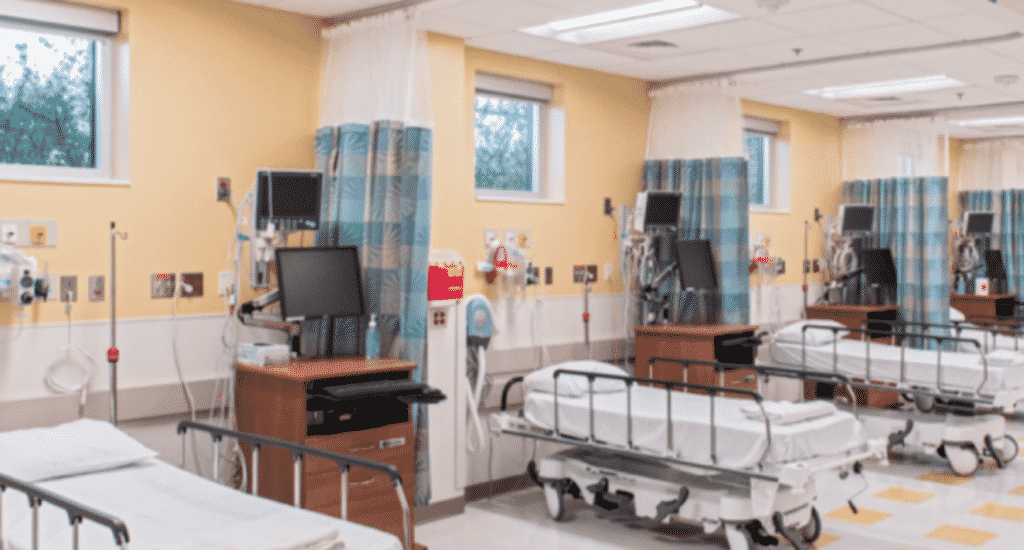The role of lighting in as far as healthcare is concerned can never be understated. It is perhaps only second to medical personnel in order of importance. Proper lighting in healthcare establishments is essential for the effective functioning of all of the stakeholders therein. In fact, the quality of light in these establishments is so critical that it can actually be the difference between the life and death of the patients and doctors alike.
This article gives in detail the various qualities that must be considered in as far as setting up an effective lighting system in medical institutions is concerned. Interaction with this article should enable you to identify and address potential lighting flaws especially in organizations which have identified themselves as healthcare providers.
Lighting and Therapy
Proper healthcare lighting is an essential therapeutic facility for patients. It has a medicinal aspect in that it is able to give patients an increased sense of security. This in turn supplies them with the psychological stamina which is required in the recuperation process. It is however important for the light to appear as natural as possible in order for the desired effect to be achieved. Artificial light at its rawest form may make the patient feel confined in a laboratory of sorts. This may cause anxiety which may lead to the deterioration of the patient’s well-being.
Lighting and Visibility
Visibility is of utmost importance particularly for healthcare institutions. This is because of the vital need for visual acuity when it comes to health workers. Inadequate or improper lighting impedes the effective functioning of doctors especially when the survival of a patient is dependent on microscopic details that require a high resolution. Visibility is also important for prevention of injuries that may occur as a result of insufficient lighting.
Lighting and Hygiene
Hygiene is paramount in any healthcare facility. It is imperative for sanitation standards to be above reproach so as to prevent the contraction of hospital acquired infections by patients and healthcare workers. Proper lighting facilitates high levels of hygiene by facilitating the cleaning protocols in health institutions. This means that lighting enables disinfection of surfaces through UV lights which are able to clean surfaces by killing pathogens that may be invisible to the human eye. Lighting also enables the staff to maintain environmental health through routine physical cleaning of the premises.
Lighting and Specialization
Healthcare institutions are divided into different spaces that serve different functions. This therefore underlines their need for distinct types and levels of lighting in different areas. Isolated areas must have lighting systems that can prevent leaks as well as contamination of processes and substances that may be essential in treatment. Patients who have been quarantined as a result of mental illness must have anti-ligature light to help them in their treatment while still reducing the risk of abuse due to their robustness
Lighting and Balance
Environments where light is too intense tend to make people disoriented as they try to avoid the brightness thereof. However, dullness in light also makes people become disinterested in the activities which may be taking place therein. This therefore means that lighting affects the level of interaction as well as the activity levels of people in any environment. When light is balanced in terms of intensity and homogeneity harmonious interaction between patients and health personnel is more likely to be achieved.
Lighting and Control
Lighting systems in treatment institutions should be simple to install and maintain. They should be integrated with controls such as motion and light sensors that can be regulated depending on the degree of activity per time.
Lighting and Aesthetics
Lighting is essential for the outlook of both the interior as well as the exterior of healthcare establishments. Proper lighting as far as these areas are concerned could prove to be a competitive advantage since it is more likely to assure prospective patients
Conclusion
There is plethora of benefits we can enjoy by ensuring that our lighting is up to par particularly in the areas that influence our health. This can help prevent untold calamities and at the same time tremendously improve our health standards.
